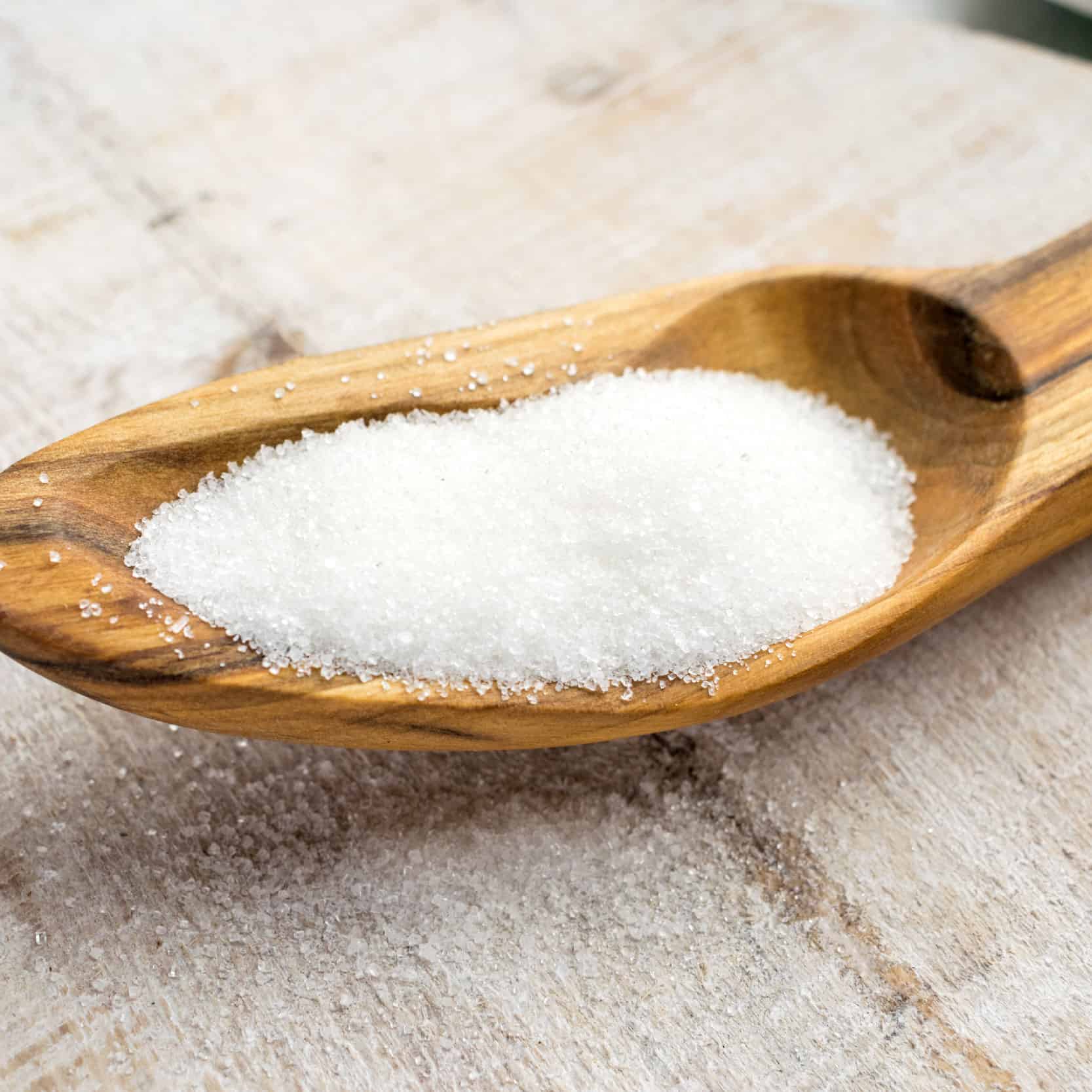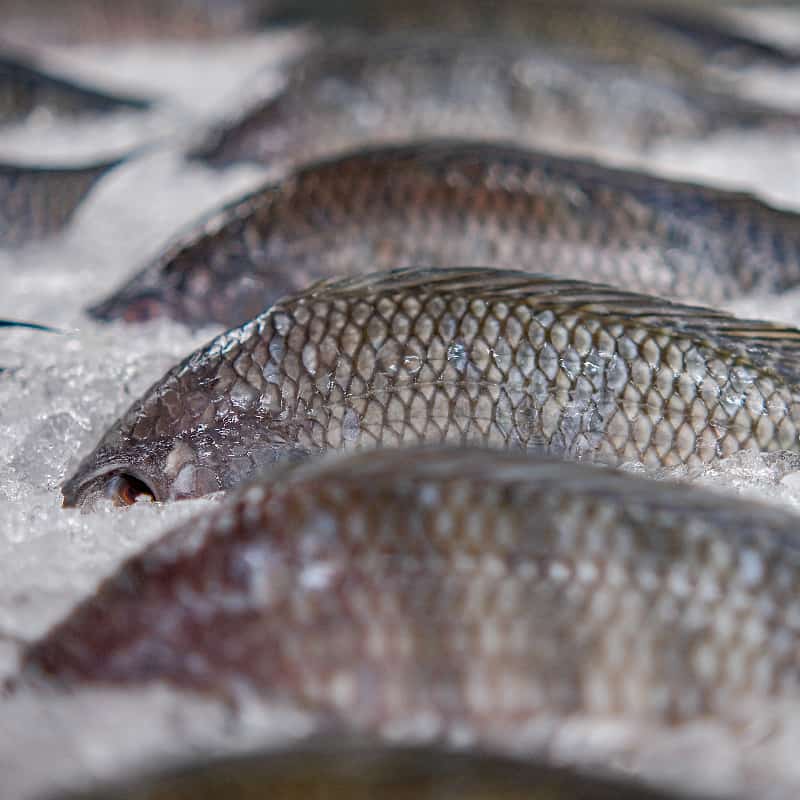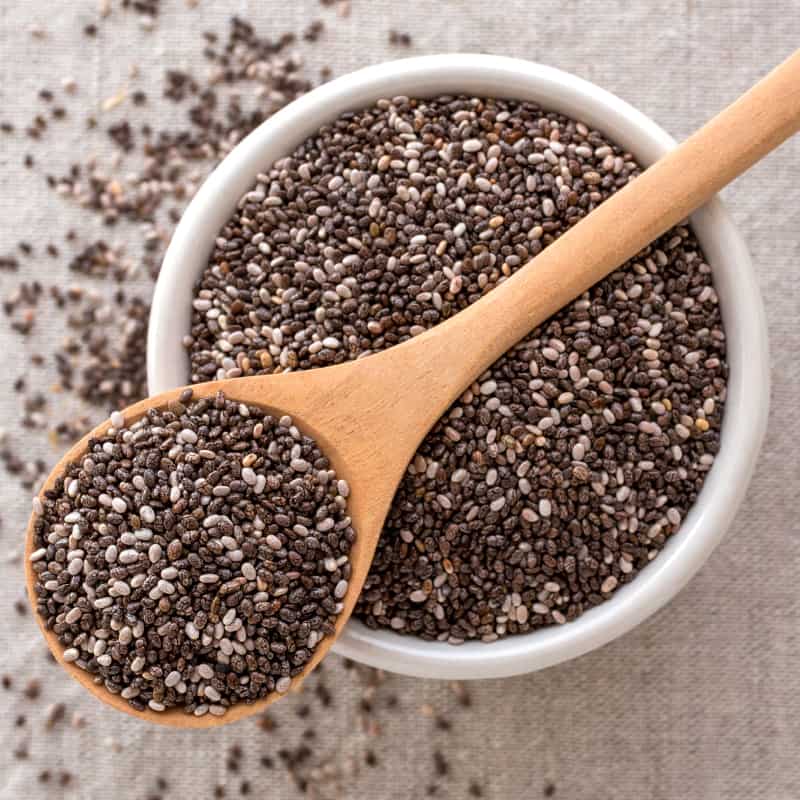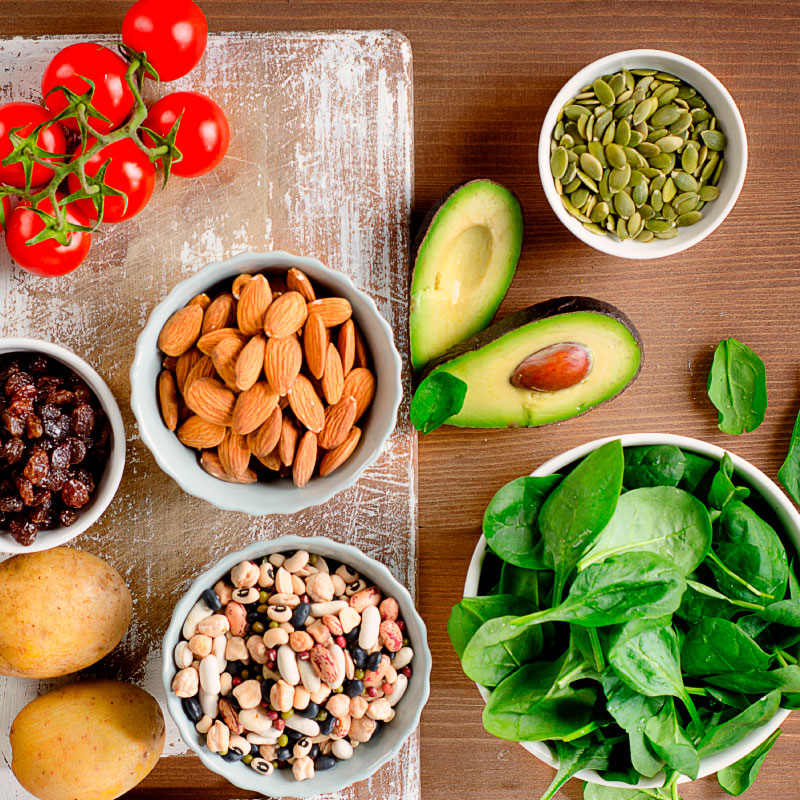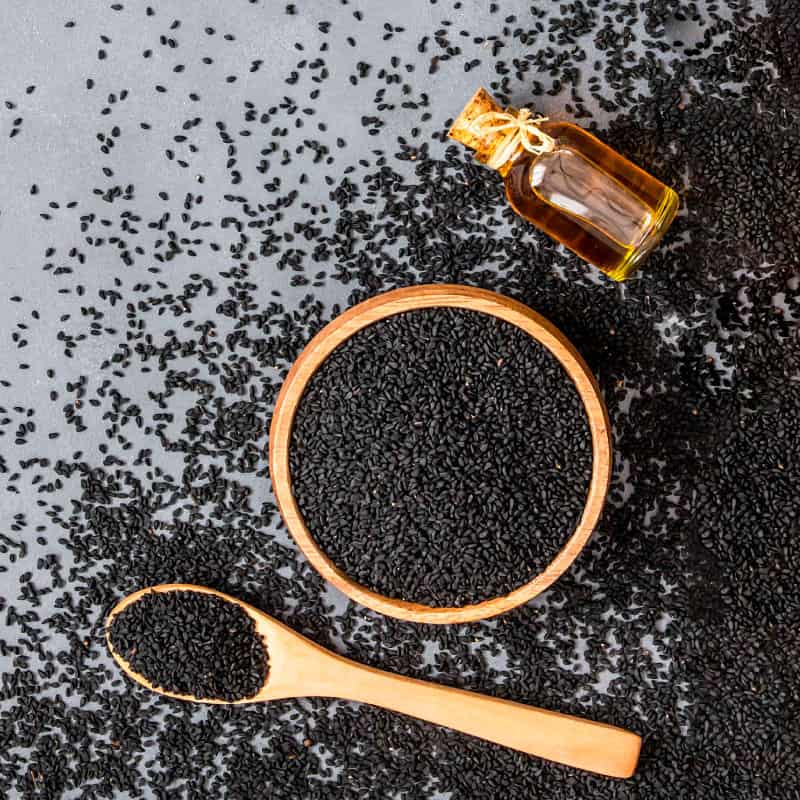This Dr. Axe content is medically reviewed or fact checked to ensure factually accurate information.
With strict editorial sourcing guidelines, we only link to academic research institutions, reputable media sites and, when research is available, medically peer-reviewed studies. Note that the numbers in parentheses (1, 2, etc.) are clickable links to these studies.
The information in our articles is NOT intended to replace a one-on-one relationship with a qualified health care professional and is not intended as medical advice.
This article is based on scientific evidence, written by experts and fact checked by our trained editorial staff. Note that the numbers in parentheses (1, 2, etc.) are clickable links to medically peer-reviewed studies.
Our team includes licensed nutritionists and dietitians, certified health education specialists, as well as certified strength and conditioning specialists, personal trainers and corrective exercise specialists. Our team aims to be not only thorough with its research, but also objective and unbiased.
The information in our articles is NOT intended to replace a one-on-one relationship with a qualified health care professional and is not intended as medical advice.
How Much Fiber Per Day Should You Consume?
July 31, 2023
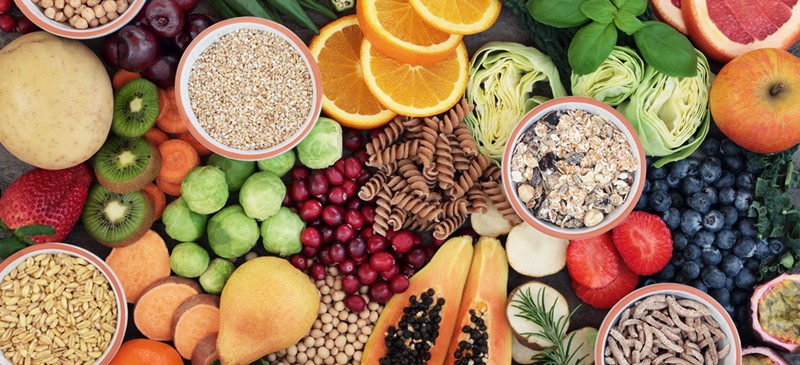
Fiber, also referred to as dietary fiber or “roughage,” is a plant nutrient that is essential to good health. Should you eat fiber every day? Absolutely. Are most people getting enough high-fiber foods in their diets on a daily basis? No.
In fact, an estimated 95 percent of American adults and children do not consume their recommended amounts of fiber. So how much fiber per day do you need?
Dietary fiber is currently considered a “nutrient of public health concern” because low intakes are associated with such significant health risks. In fact, a stunning “90 percent of women don’t meet the recommended dietary fiber intakes.”
Optimal fiber intake varies by a variety of factors, including age and health goals (such as weight loss). Do you know how much fiber per day you should consume and if you actually get enough? Find out what you need to know.
How Much Fiber Per Day? (Daily Recommended Fiber Intake)
So how much fiber should you have per day? If you wonder how much fiber is needed per day, these are some general recommendations that can be helpful.
The Academy of Nutrition and Dietetics recommends the following for how much fiber to eat per day:
- 25 grams per day for adult women 50 years old or younger
- 38 grams per day for adult men 50 years old or younger
- 28 grams per day for pregnant or lactating women
- 21 grams per day for adult women over 50 years of age
- 30 grams per day for adult men over 50 years of age
As you can see, how much fiber per day for a man is a slightly higher recommendation compared to how much fiber per day for a woman. Fiber recommendations also decrease after the age of 50. These amounts are not difficult to obtain in a healthy diet if you consume high-fiber foods (more on that shortly).
Wondering how much fiber per day for weight loss is needed? If you’re trying to lose weight, you certainly want to make sure you meet your minimum requirement. Going over that minimum can be helpful too, but you typically don’t want to exceed 70 grams in a day or unwanted side effects may occur.
Why You Need Fiber
The funny thing about fiber is that your body actually does not digest it. What on earth does that mean? Well, rather than it being broken down and absorbed, fiber stays intact as it travels through and out of your body. Dietary fiber is also sometimes called “bulk” because this plant-based nutrient helps bulk up stools, which is key to digestive health.
Studies reveal that fiber provides many health benefits. In addition to promoting optimal digestive health by reducing the likelihood of constipation and diarrhea, it can also help ward off serious digestive health concerns like colon cancer. In addition, fiber helps encourage a healthy weight, balanced blood sugar levels and even decreases bad “LDL” cholesterol.
Indeed, a 2022 study discussed how, in the U.S., fiber consumption is much lower than other countries and compared to its own history. Observational studies show that only about 5 percent of Americans consume sufficient fiber. Low fiber intake plus an increased intake of saturated fat is now labeled as one of the leading causes of the increased incidence of cardiovascular disease in the U.S. — especially compared to Japan and Mediterranean countries.
Fiber Sources and Types
Now that you know how much fiber is recommended per day, let’s look more closely at what foods help you meet these fiber goals.
There are two main kinds of dietary fiber — soluble fiber and insoluble fiber — and most plant foods have some of each. What’s the difference between the two types? Soluble fiber dissolves in water to form a thick gel-like substance inside of the body while insoluble fiber does not dissolve in water.
Soluble fiber is known to help lower cholesterol and blood sugar levels. Insoluble fiber does not dissolve in water, but it adds bulk to the stool as it passes through the digestive tract. This makes it very helpful for constipation.
Examples of foods that contain soluble fiber include:
- vegetables
- fruits
- beans and legumes
- oats
- nuts
- seeds
Insoluble fiber is found in:
- vegetables
- fruits
- beans and legumes
- nuts
- seeds
- wheat bran and wheat germ
- other whole grains like brown rice
Both soluble and insoluble fiber help you feel full after a meal, providing satiety. This may help you stay satisfied longer between meals and not overeat during meals. How much soluble and insoluble fiber per day is recommended? About six to eight grams of your overall fiber intake should come from soluble fiber.
Meal Plan to Increase Fiber Intake
What foods are highest in fiber?
High-fiber foods include vegetables, fruits, nuts, seeds, beans, legumes and whole-grains.
How much fiber in oatmeal? How much fiber in an apple?
To figure out how many grams of fiber per day you are consuming, you can also use a calorie counting app and/or fiber calculator.
Looking for a meal plan or way of eating that can help you up your fiber intake? There are a few options, including:
- High-fiber diet: The most obvious option is a diet that focuses on eating foods with lots of fiber.
- The Mediterranean diet: With a heavy emphasis on fiber-rich vegetables, legumes, nut, seeds and whole grains, the Mediterranean way of eating can definitely help you meet fiber goals.
- Keto-Alkaline Diet: This twist on the keto diet encourages consumption of nutrient- and fiber-rich green leafy veggies and clean water. This can not only help you to become more alkaline, but can also help you to avoid constipation.
If you’re curious how much grams of fiber per day you can fit into your daily food consumption, check out this example of a high-fiber meal plan for a day:
- Breakfast: Apple Cinnamon Baked Oatmeal (about 8 grams fiber)
- Snack: Goat’s milk yogurt with a half cup of fresh raspberries (about 4 grams fiber)
- Lunch: Harvest Mason Jar Salad (about 8 grams fiber)
- Snack: A cup of carrot slices with 2 tablespoons of hummus (about 5 grams fiber)
- Dinner: Beef and Vegetable Stew (about 5 grams fiber)
Now you see how easy it can be to get around 30 grams of fiber in your diet in a single day. If you decide to take a fiber supplement also, remember to closely monitor the fiber you eat so that you don’t end up overdoing it.
How Much Fiber Per Day Is Too Much?
It’s also important to know how much fiber is too much per day because you don’t want to overdo it either. Fiber is clearly a key part of a healthy diet, but how much is too much fiber in a day? About 70 grams is often said to be a max point for fiber intake. More than that and you’re likely to experience unwanted symptoms, which happens to some people after 40–45 grams.
Such symptoms may occur when one eats more than 45–70 grams of fiber consistently each day. That would be a challenge for most people, though.
The two more pressing concerns for the large majority of people are:
- Introducing too much fiber too fast and without proper precautions.
- Taking excessive fiber supplements, including weight loss pills.
For example, if you are one of those average 15-grams-a-day folks and you start eating 38 grams and make no other dietary changes, you’re likely to feel the effects, most of which are uncomfortable and potentially embarrassing (such as flatulence and sudden urge to poop).
In addition, if you supplement your fiber intake and overdo it, you might have the same issues.
However, the majority of people do not get too much fiber through their diets. As mentioned earlier, most people fall short by a lot. You’re more likely to overdo your fiber intake with fiber supplements.
What happens when you eat too much fiber?
You may experience minor gastrointestinal side effects, such as bloating or gas. These symptoms often are a reaction to a sudden increase in fiber intake and go away over time. Other symptoms of excess fiber consumption can include constipation, diarrhea, abdominal pain, mineral deficits, dehydration, acid reflux and (in rare cases) intestinal blockage.
Go slow with increasing your fiber intake to prevent unwanted side effects, and always make sure to consume plenty of water when eating high-fiber foods. Eating a high-fiber diet can interfere with the absorption and effectiveness of certain medications so talk to your healthcare professional about which medications to take with caution and when to take them.


